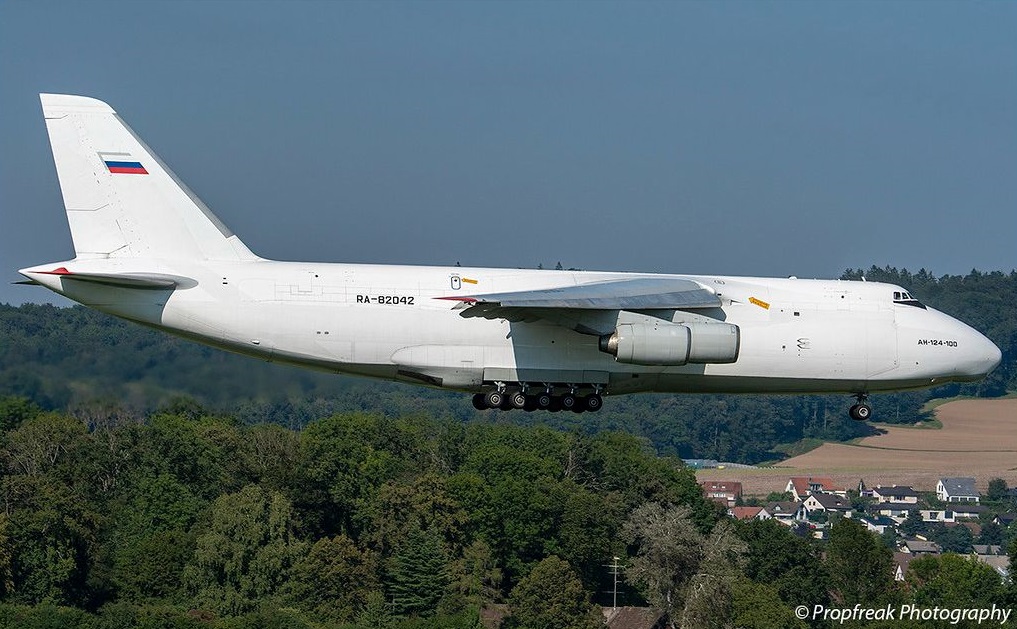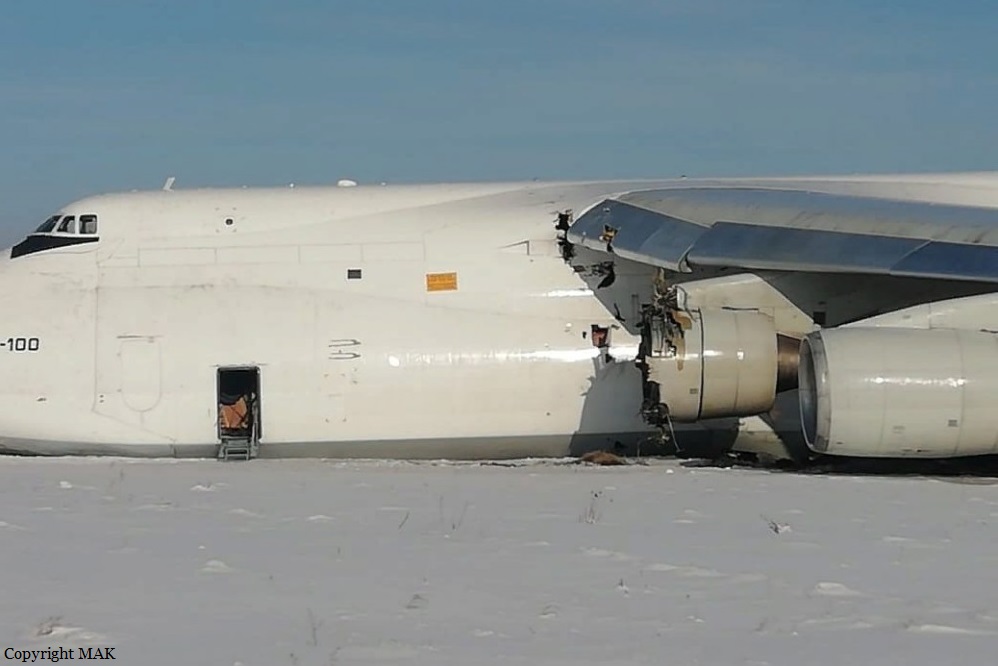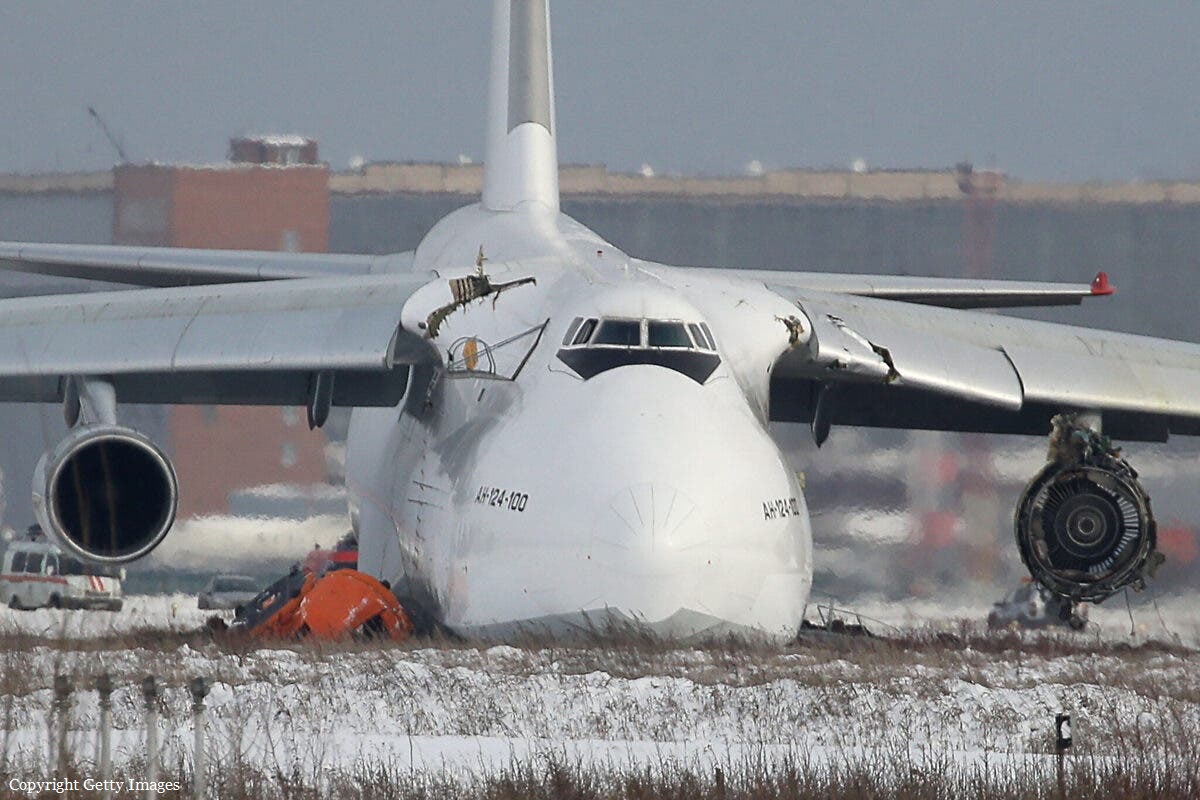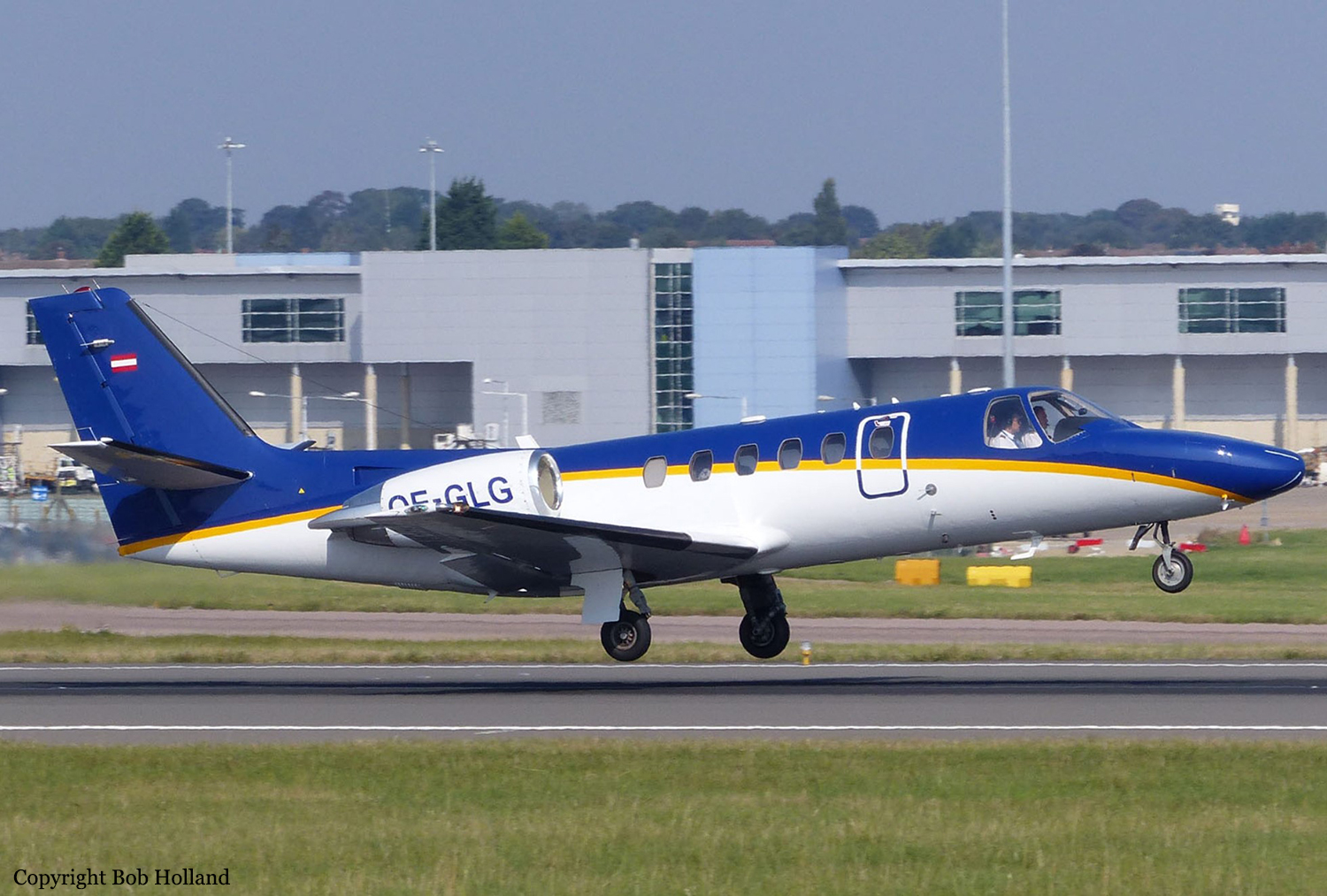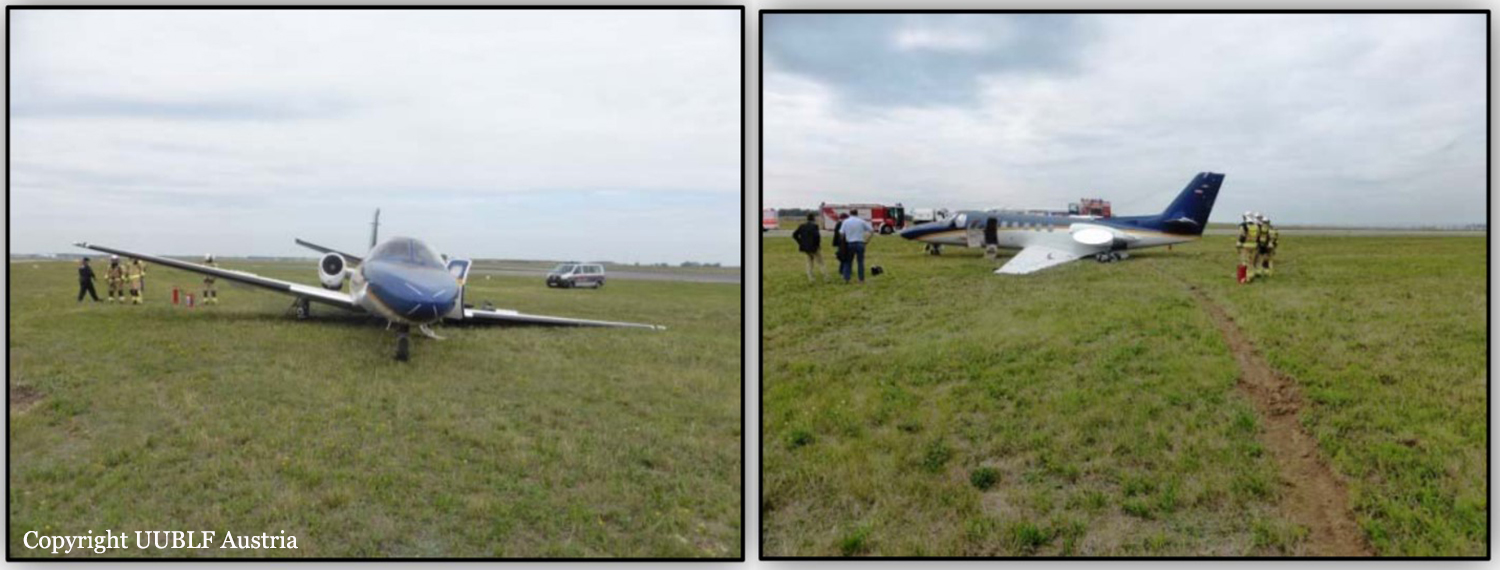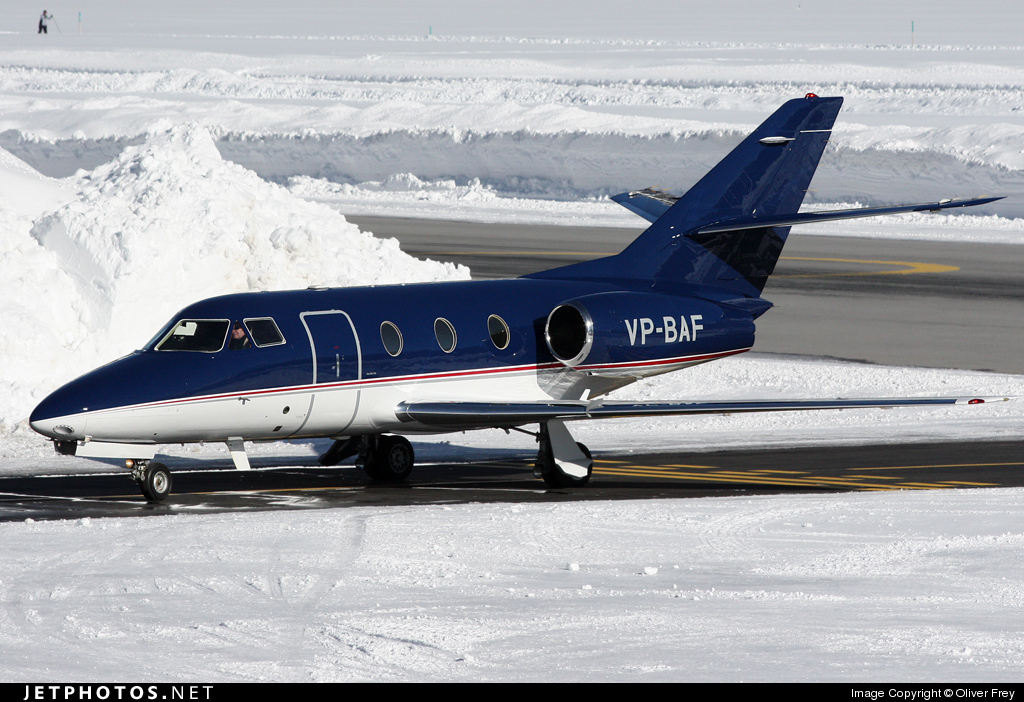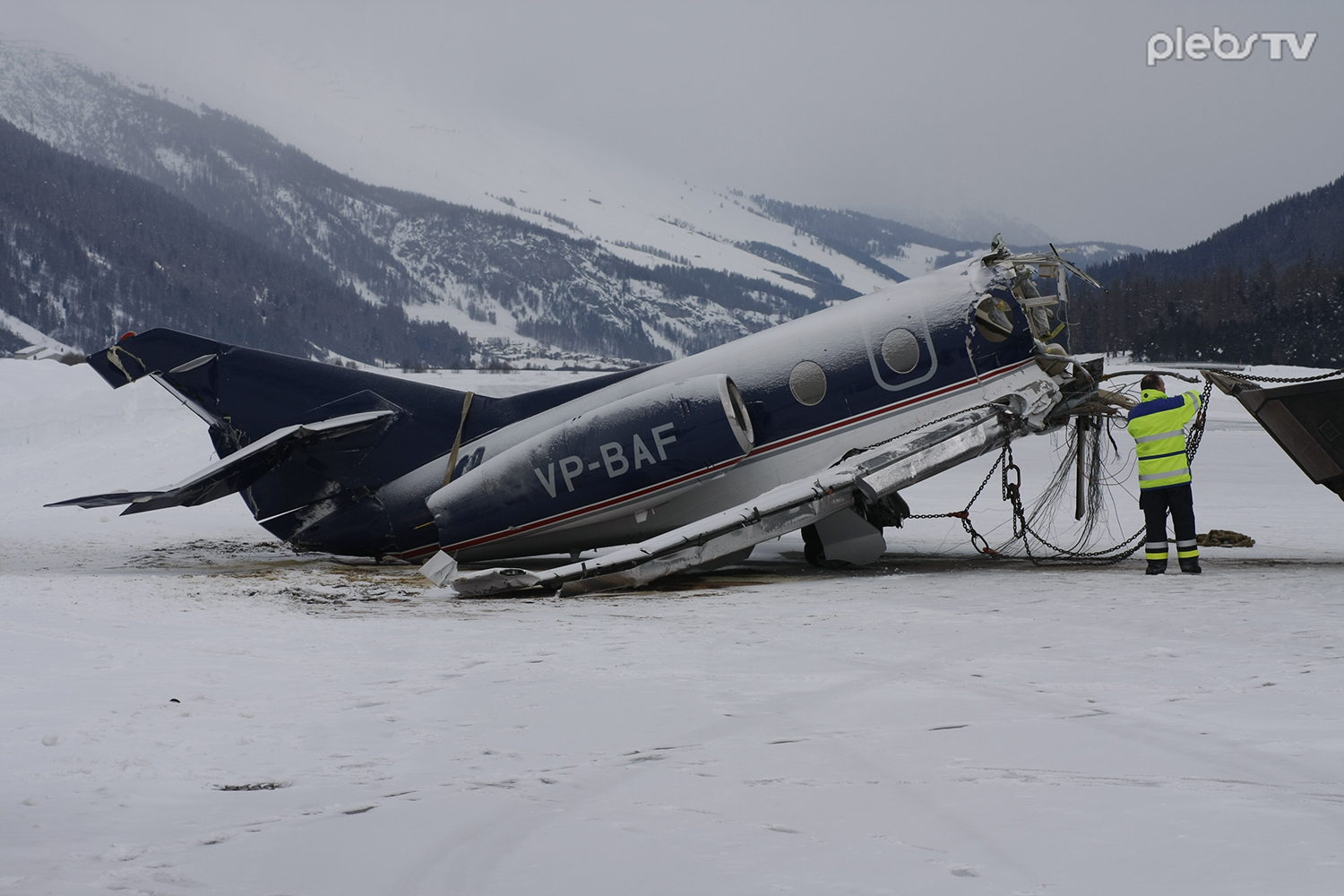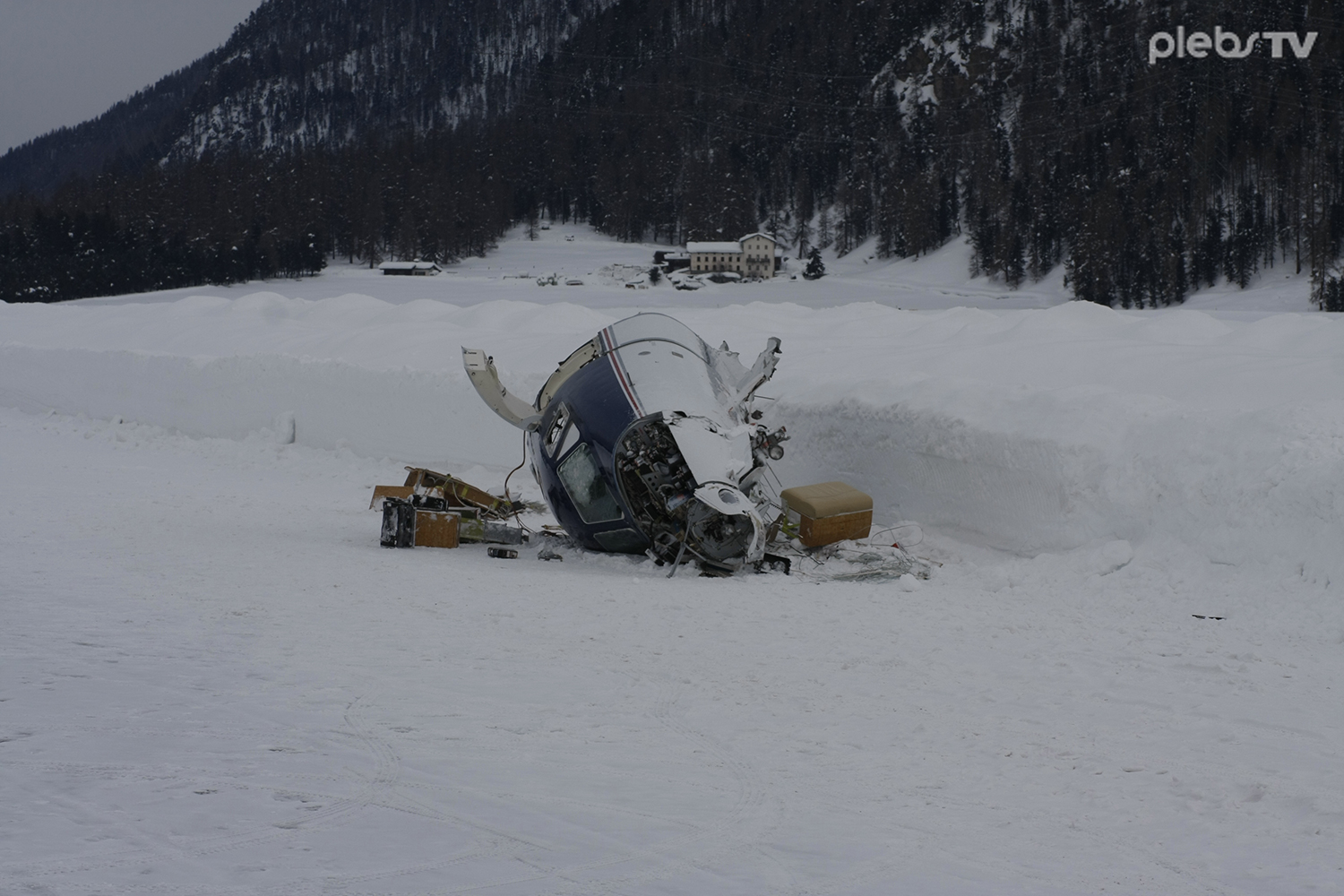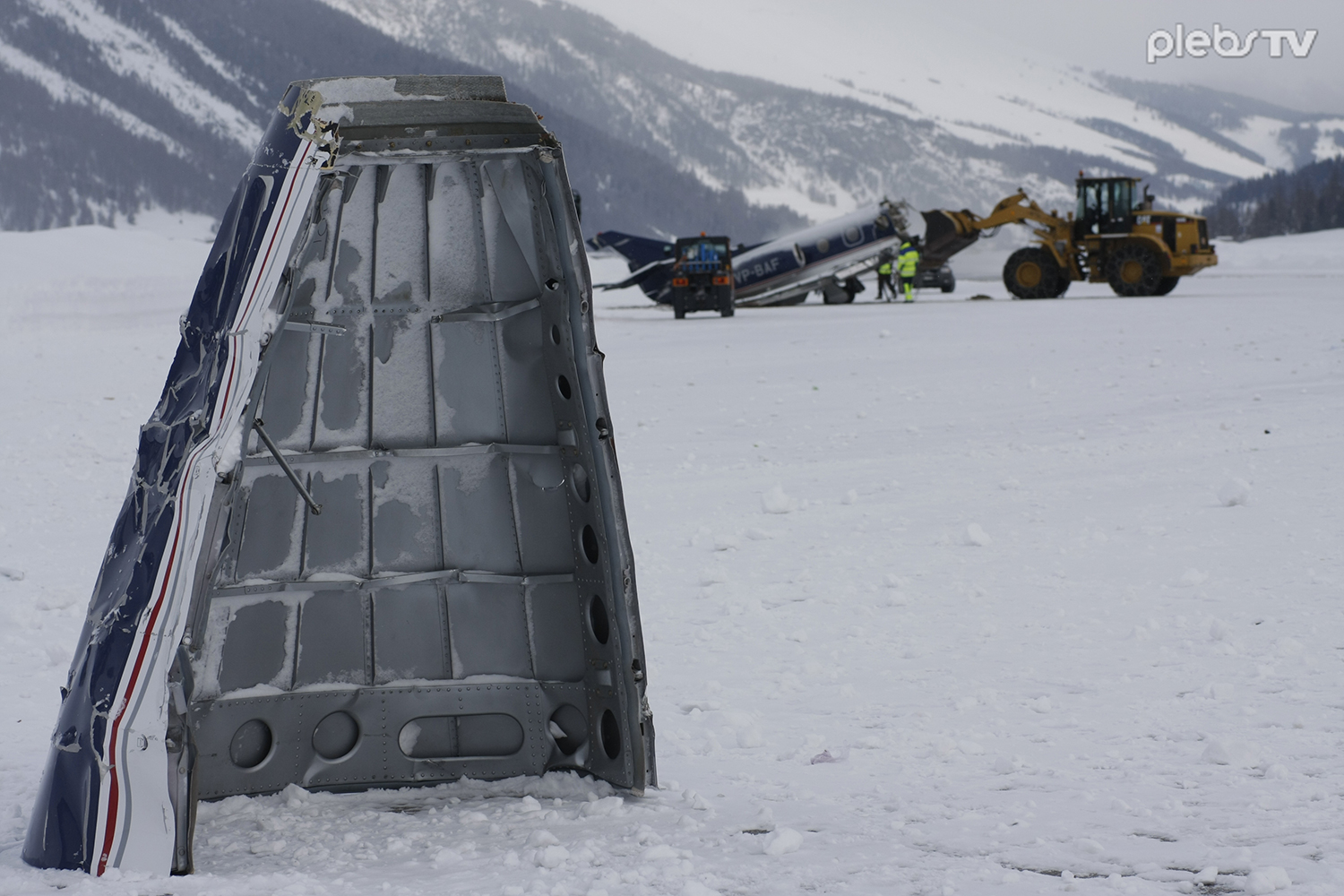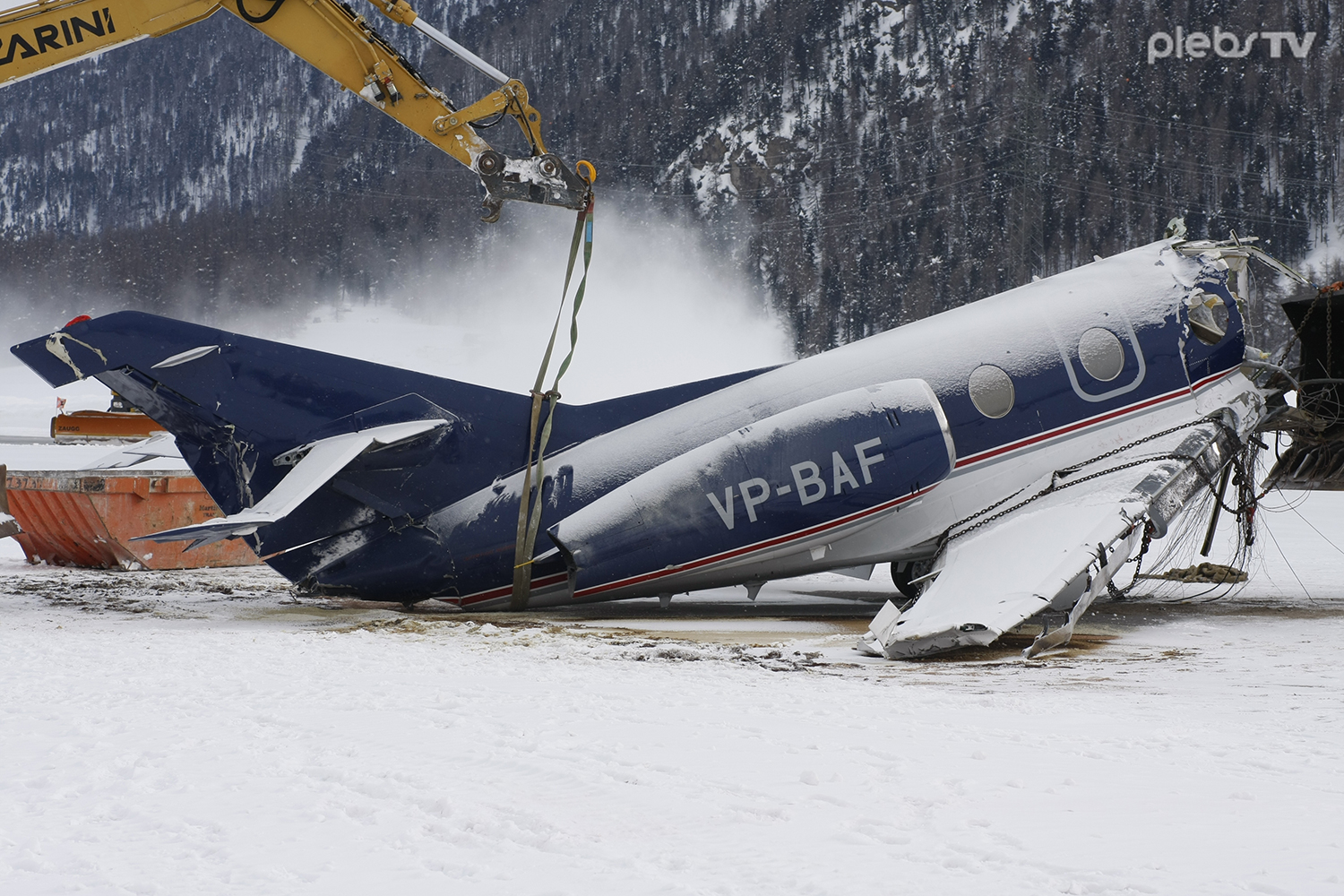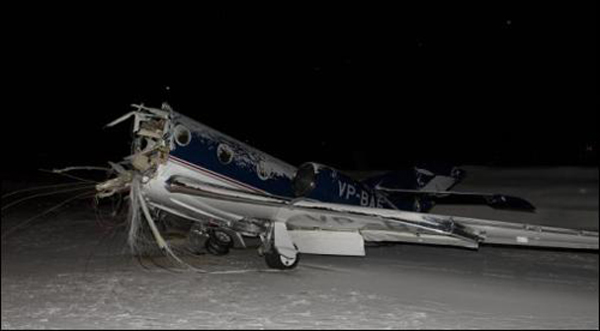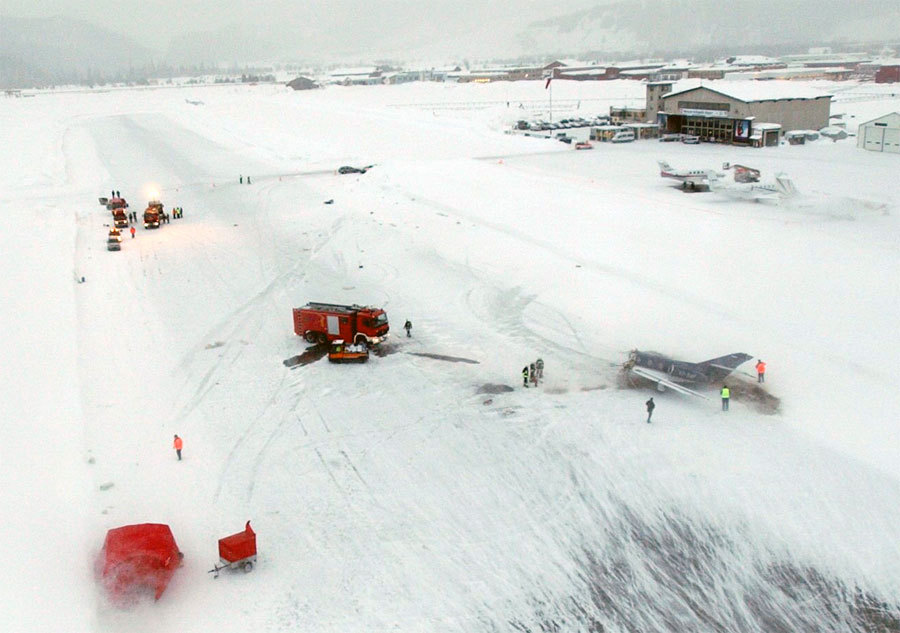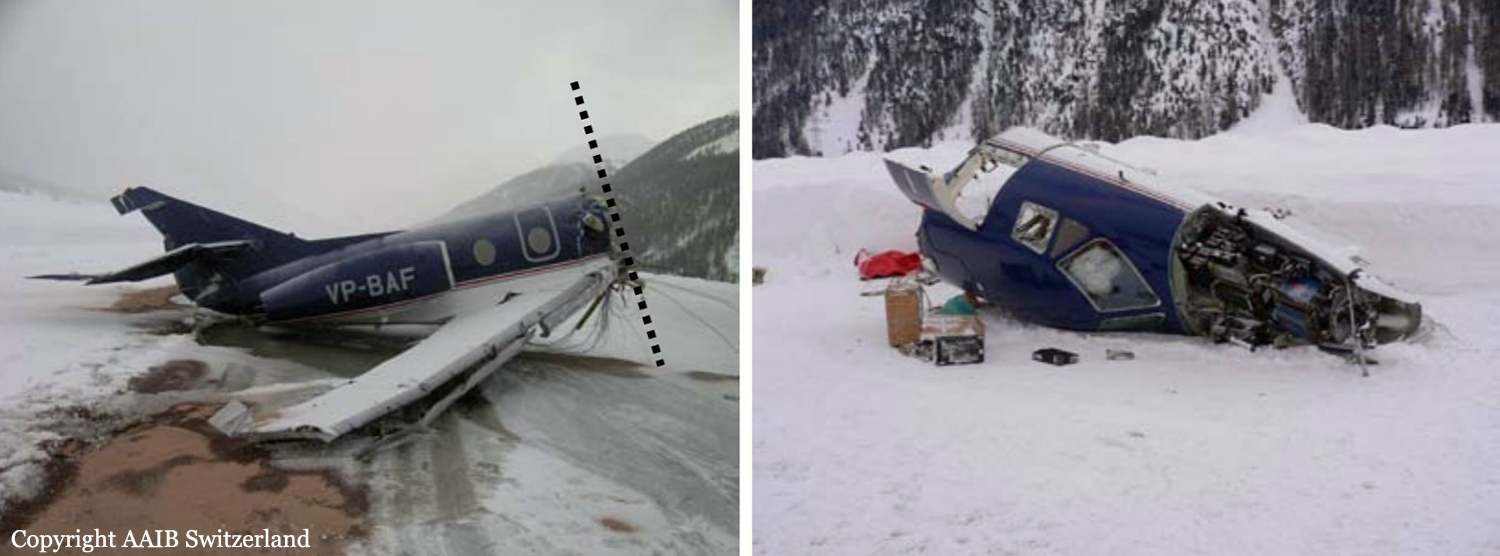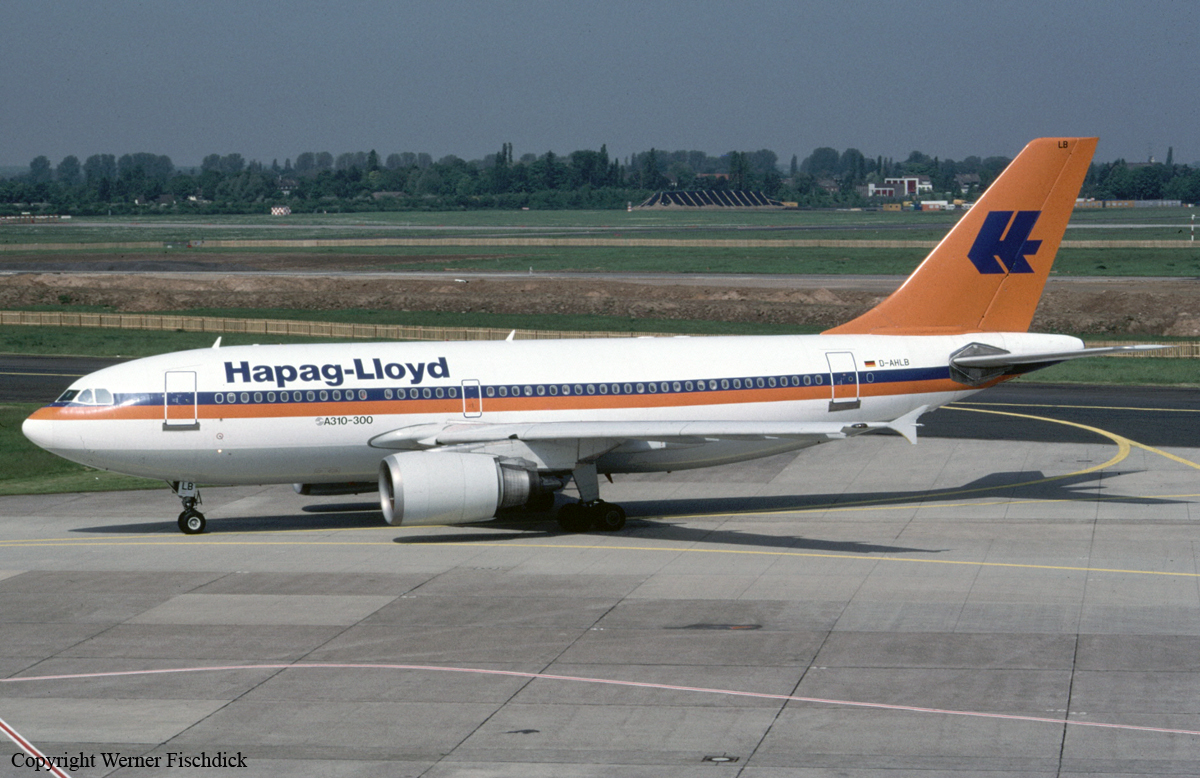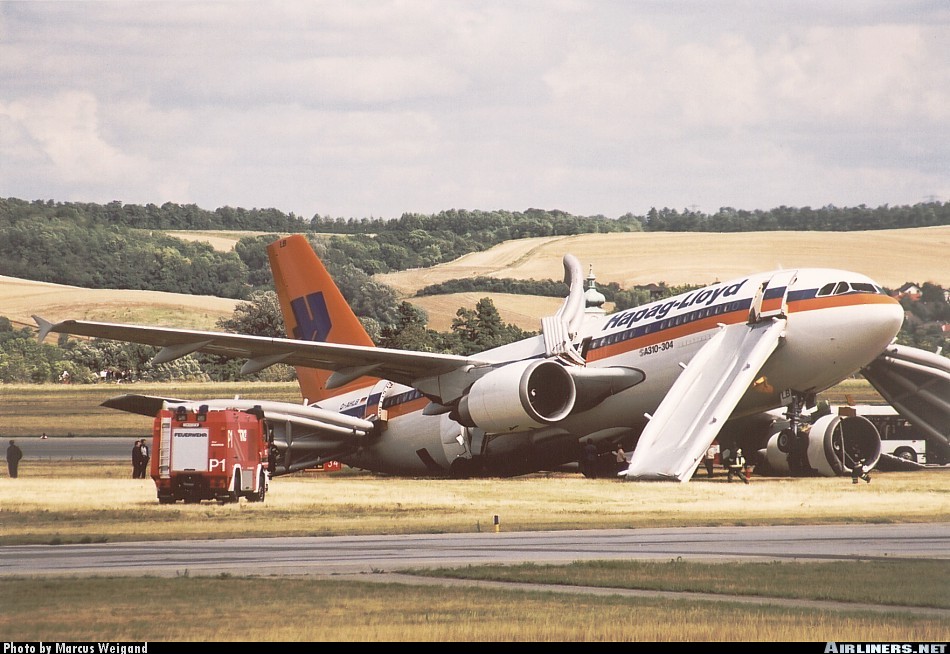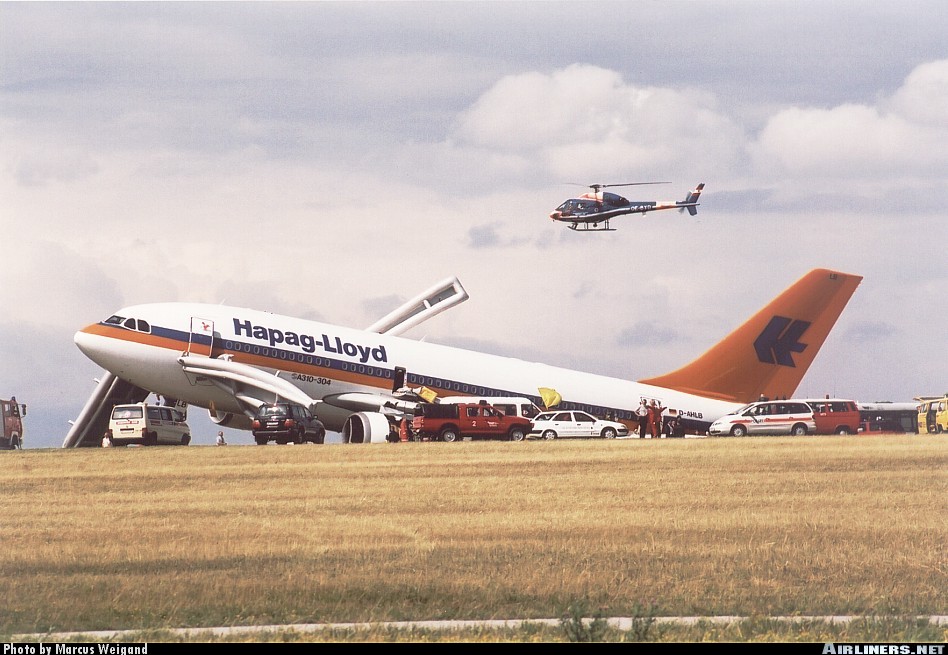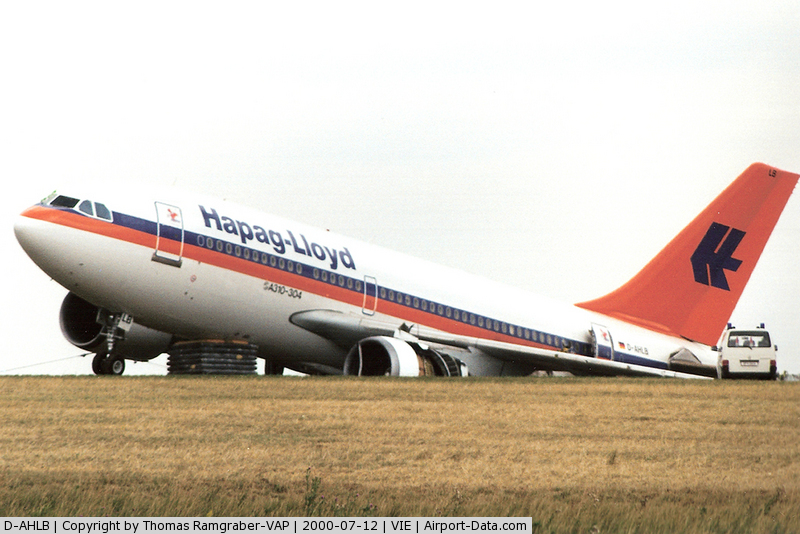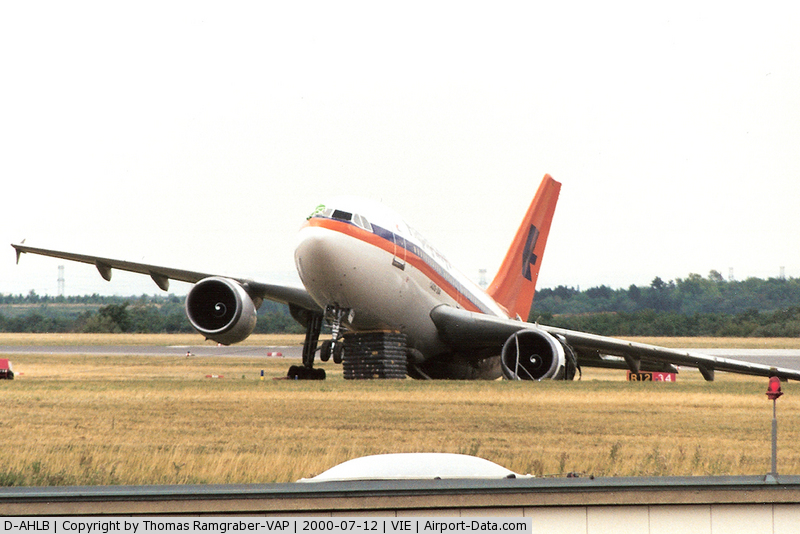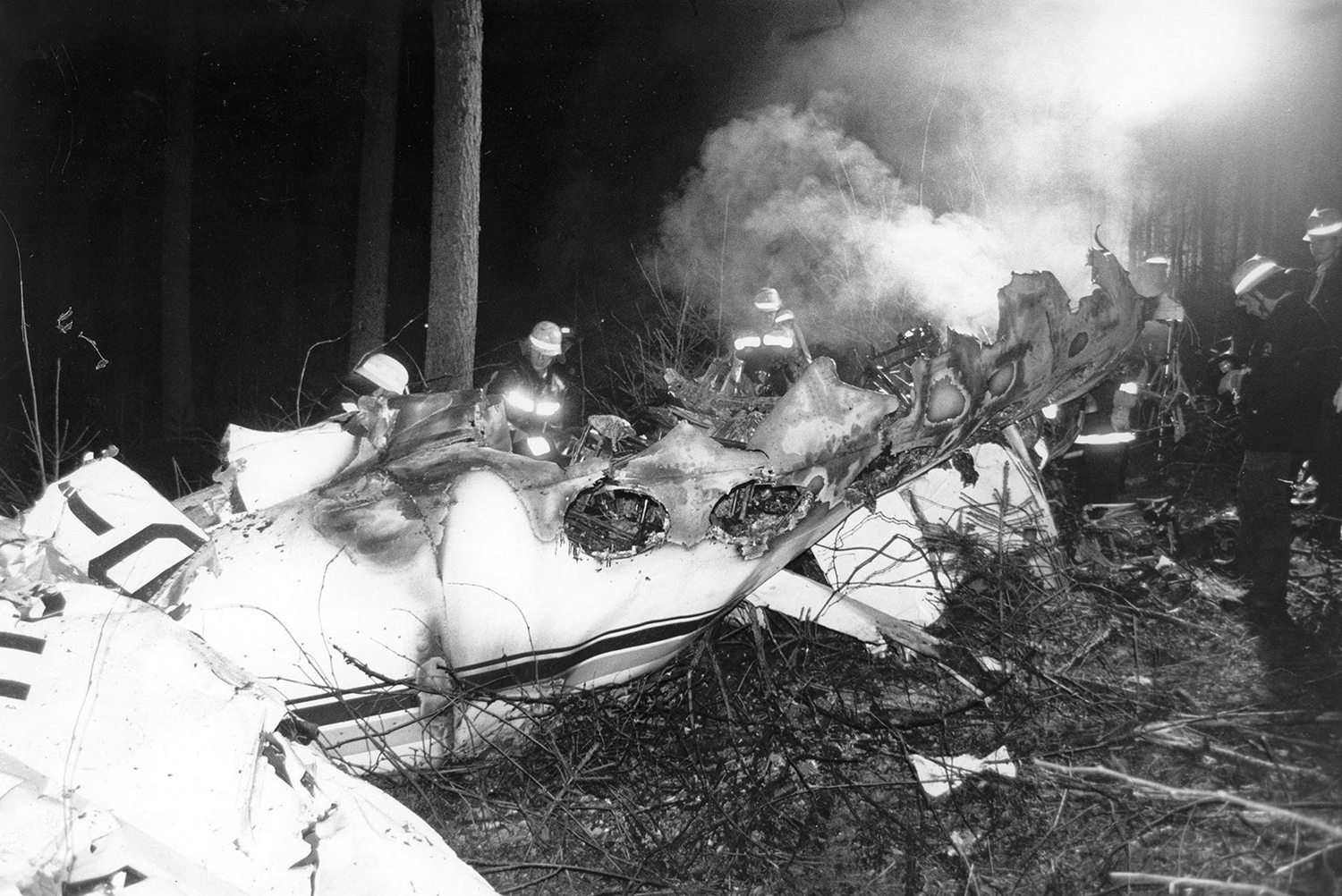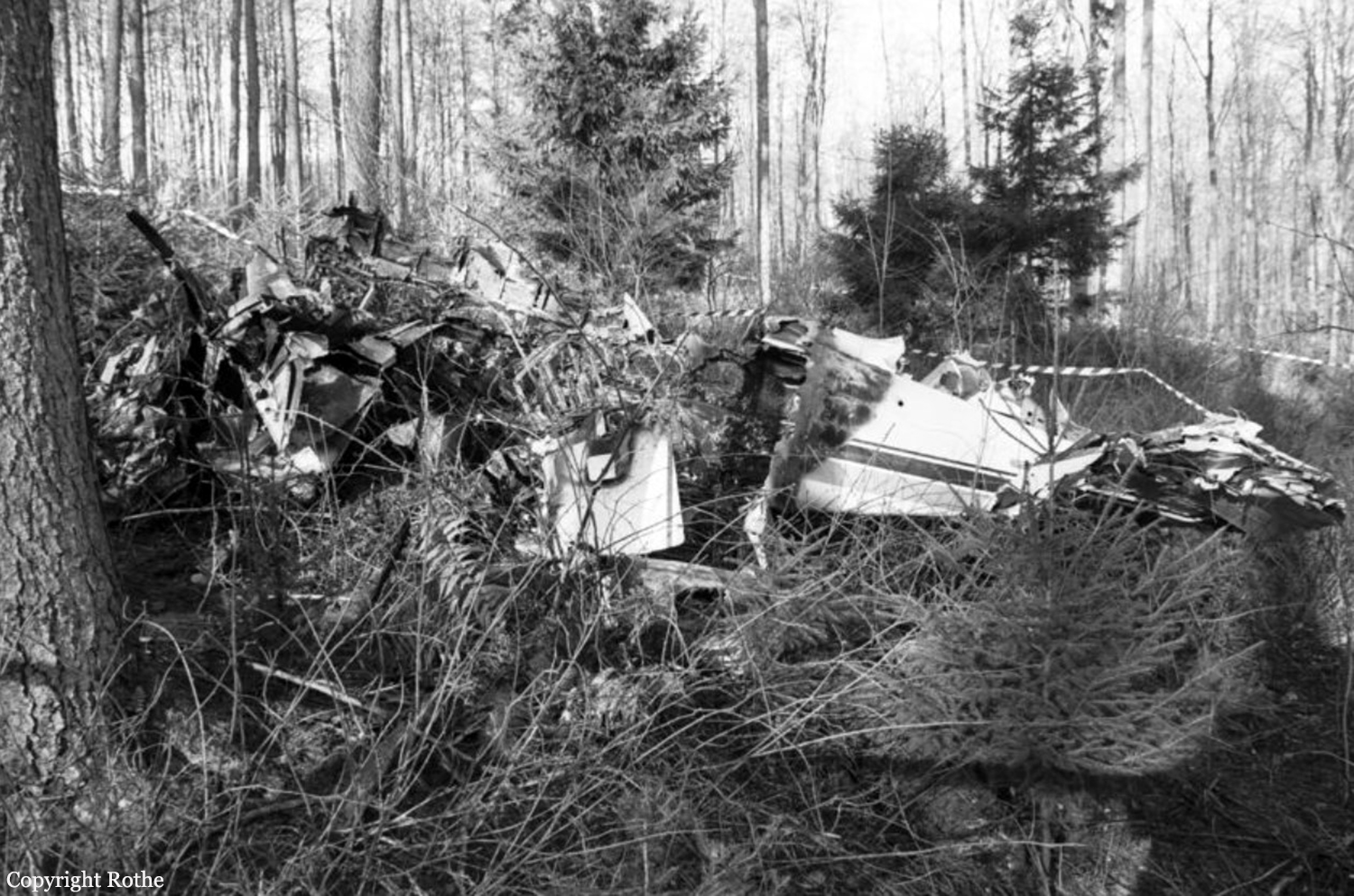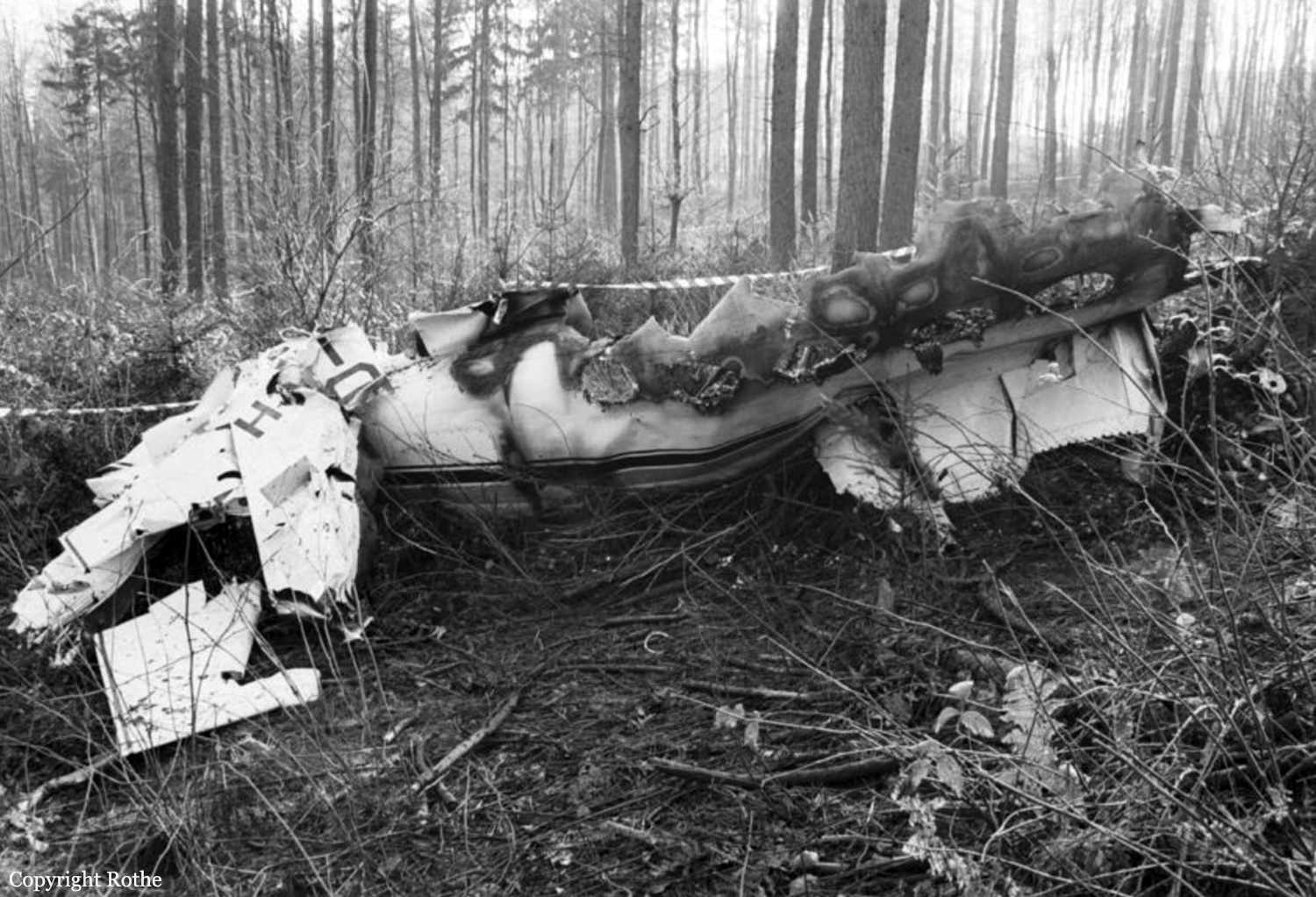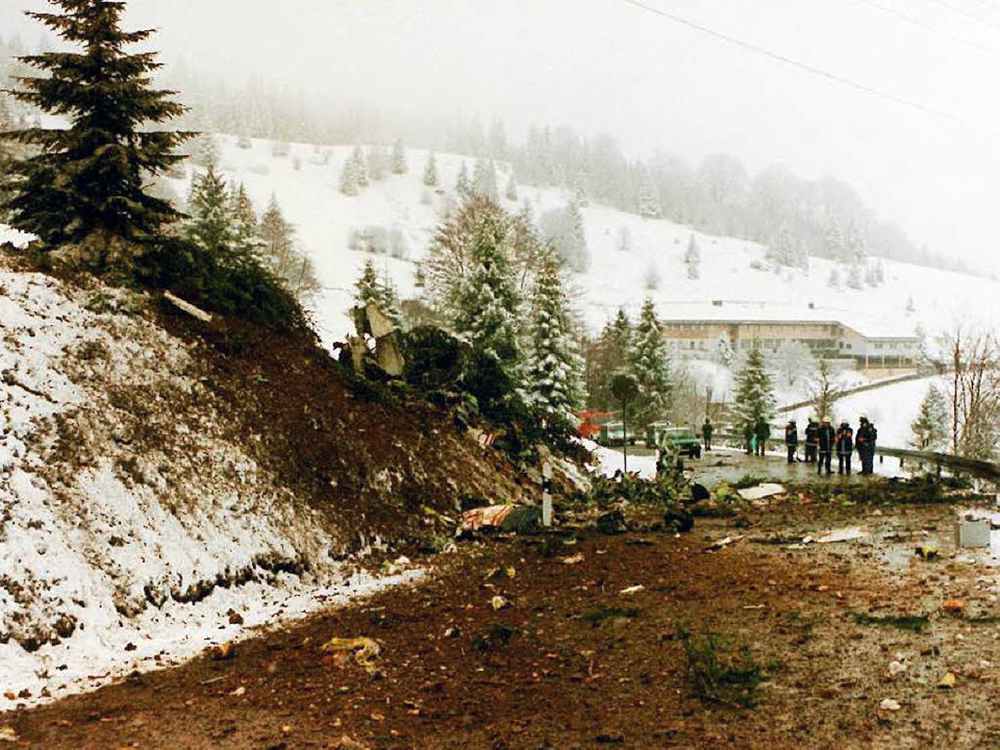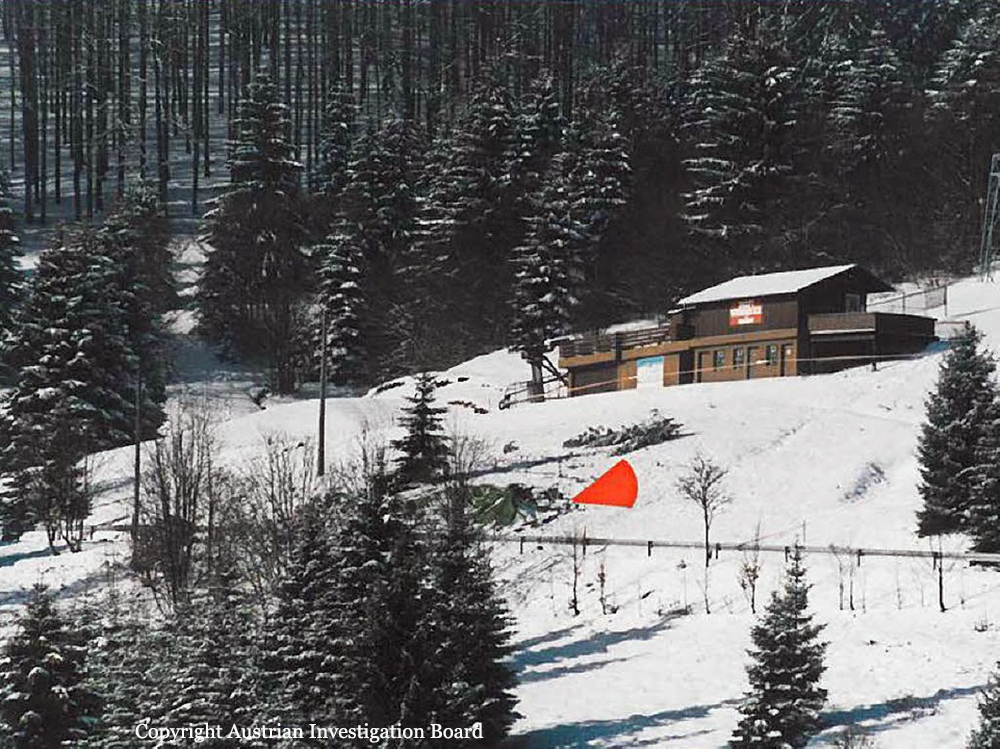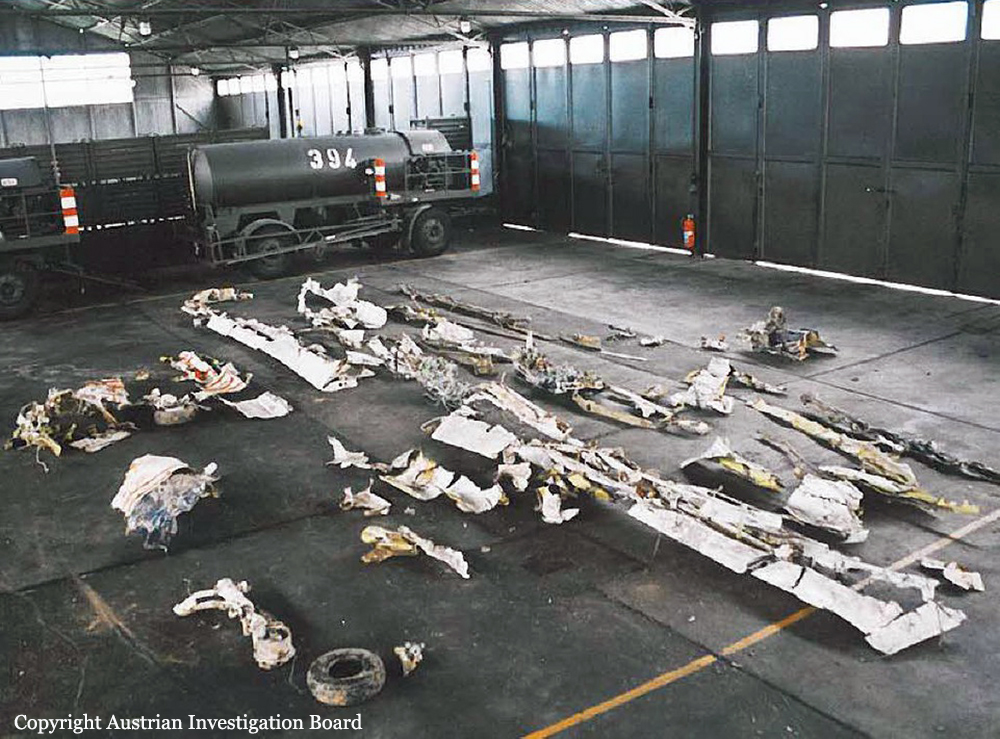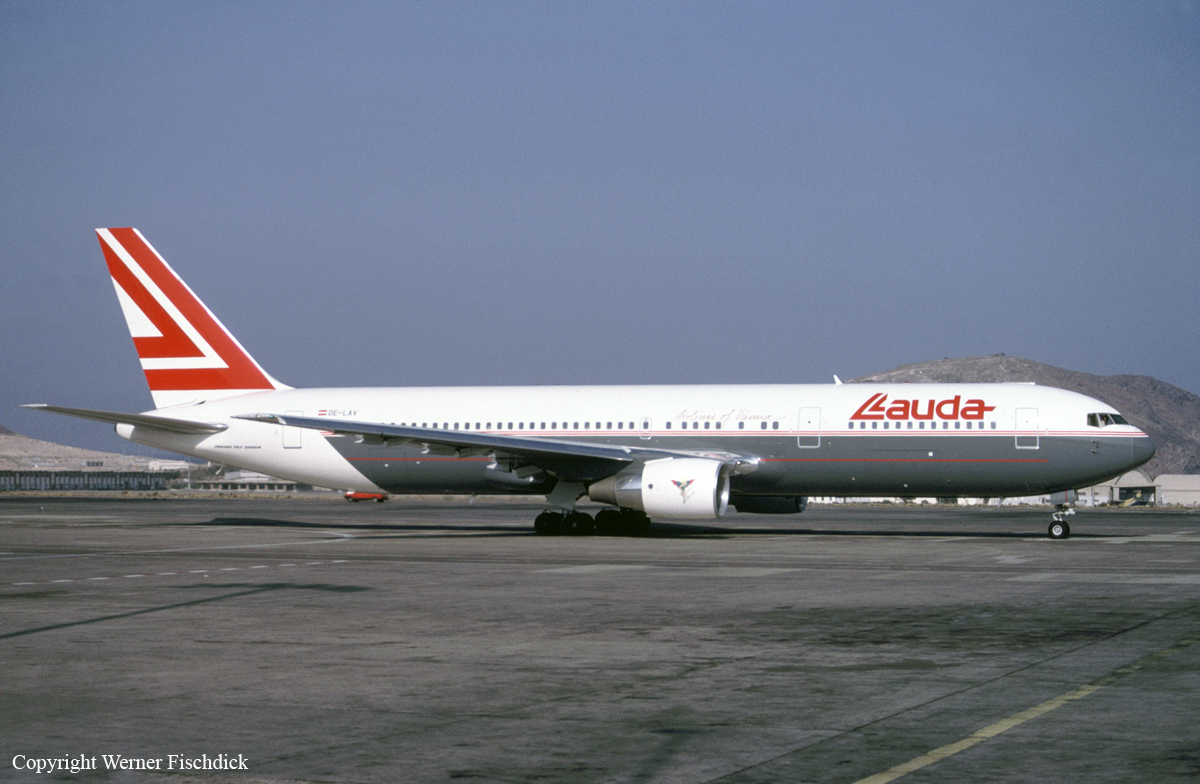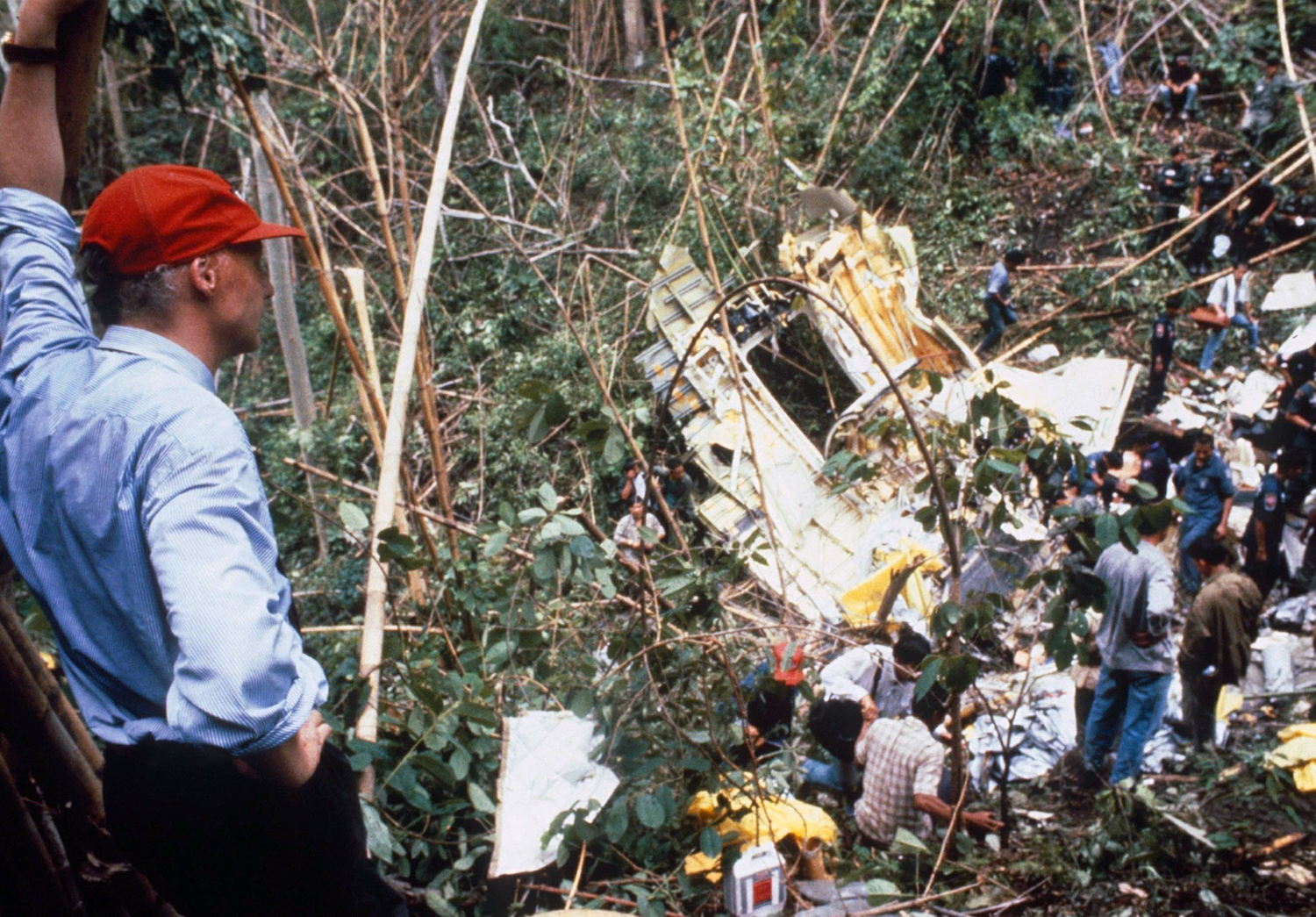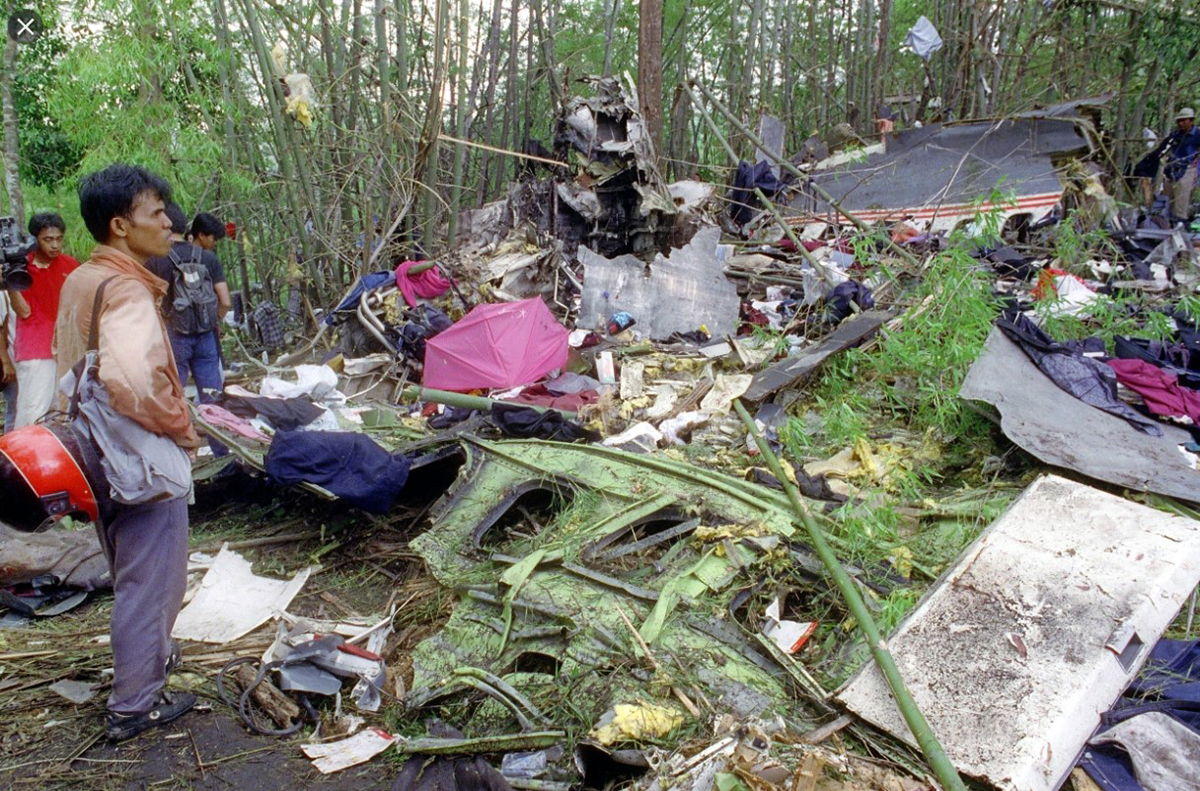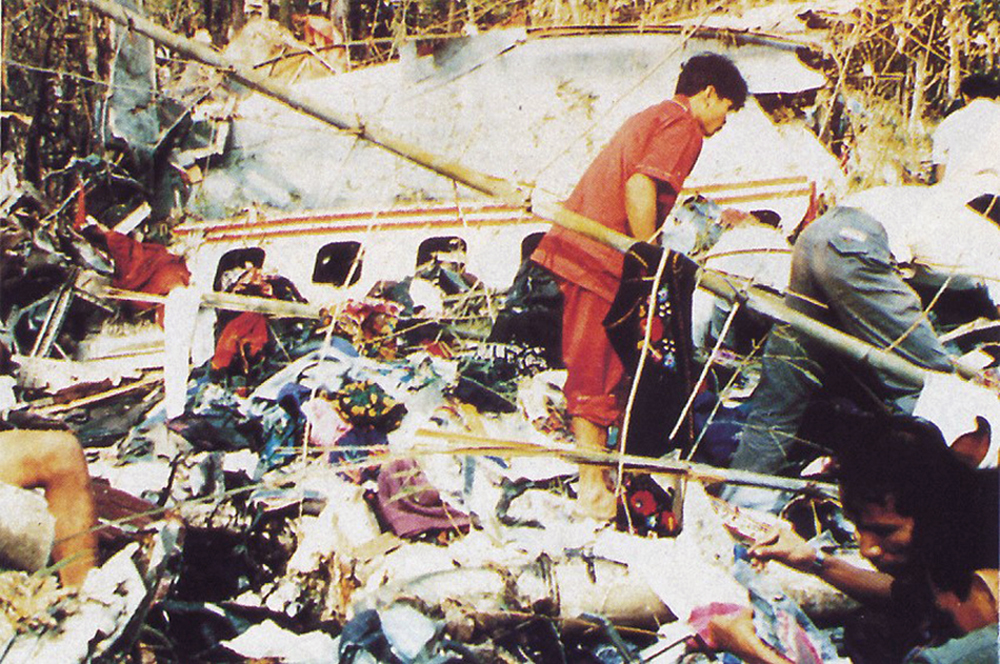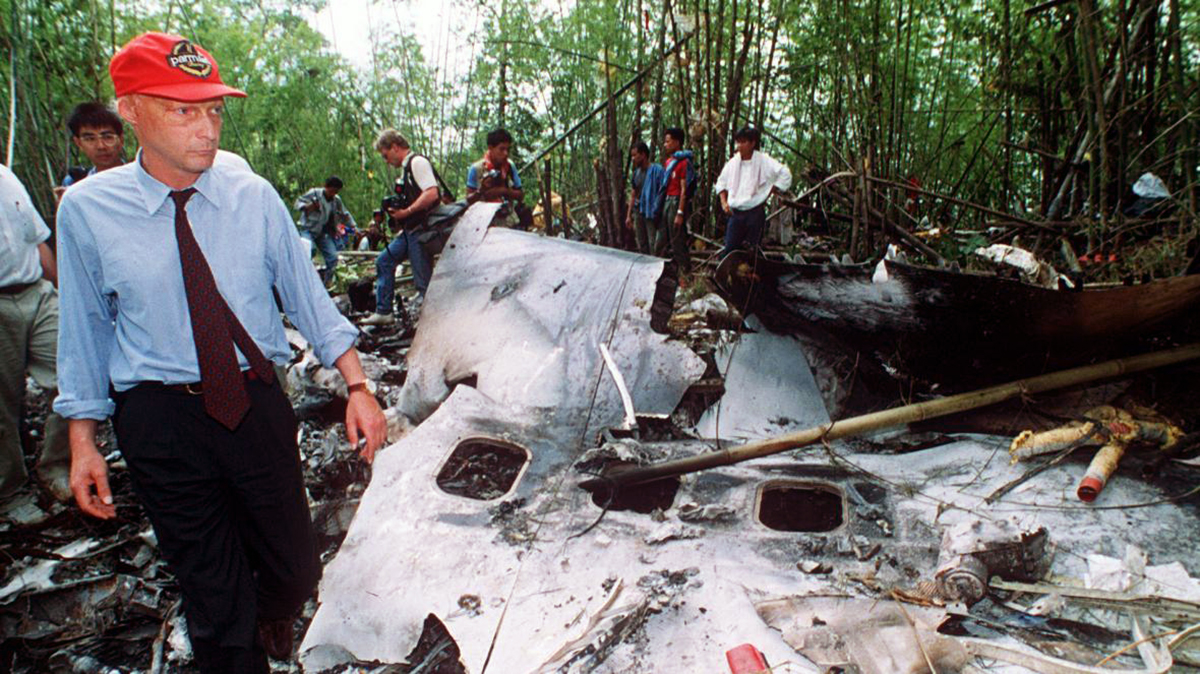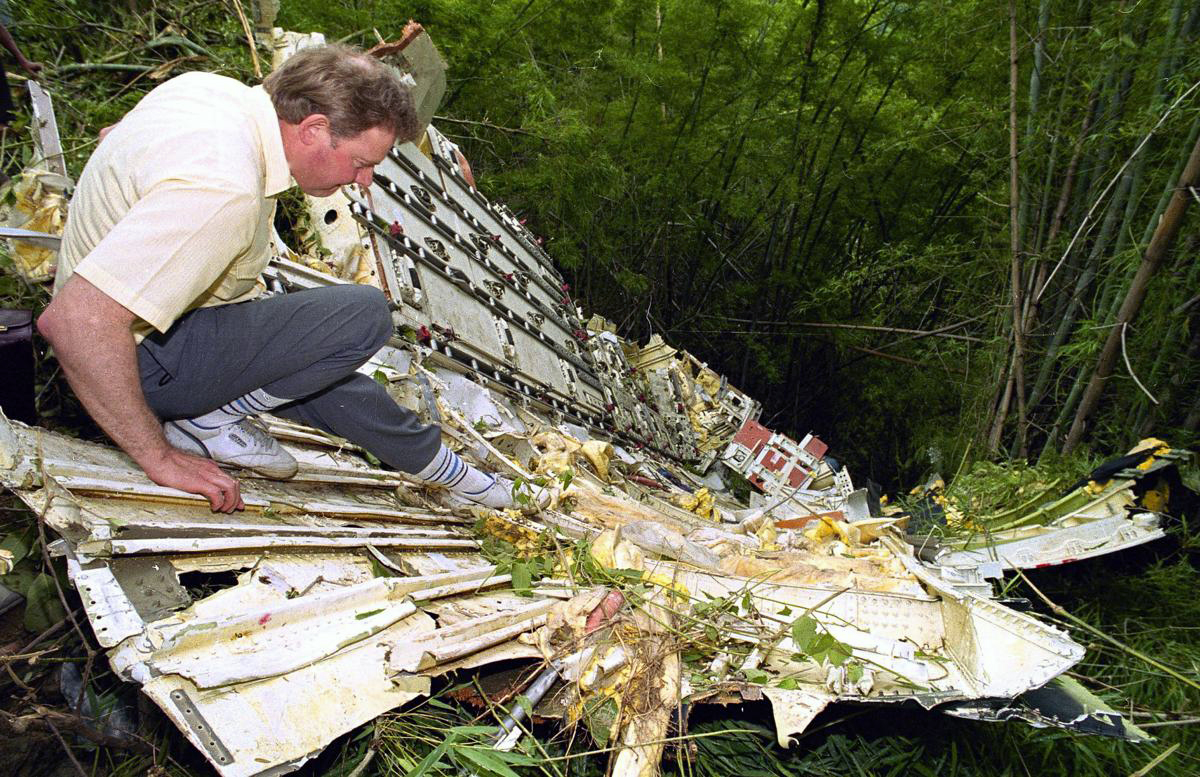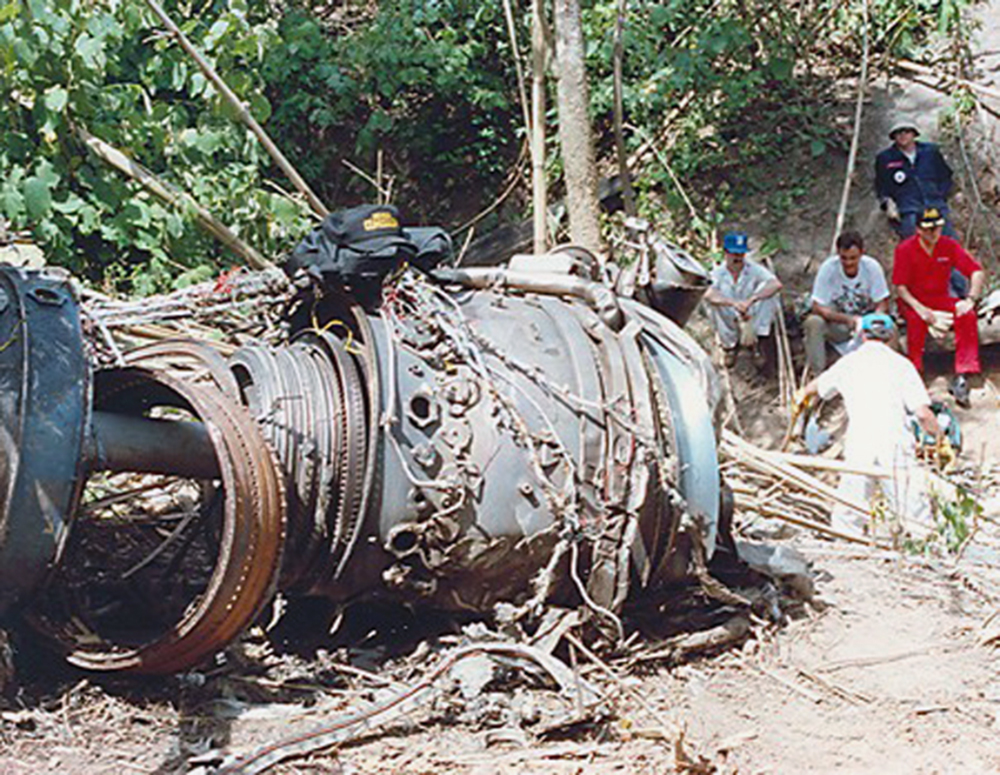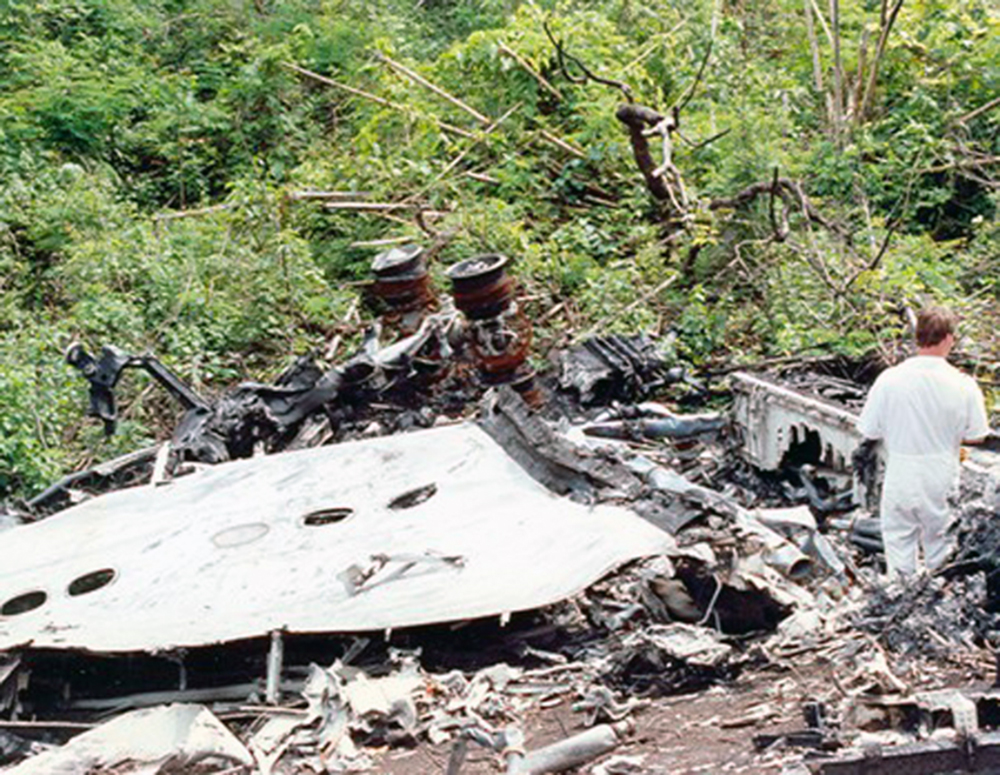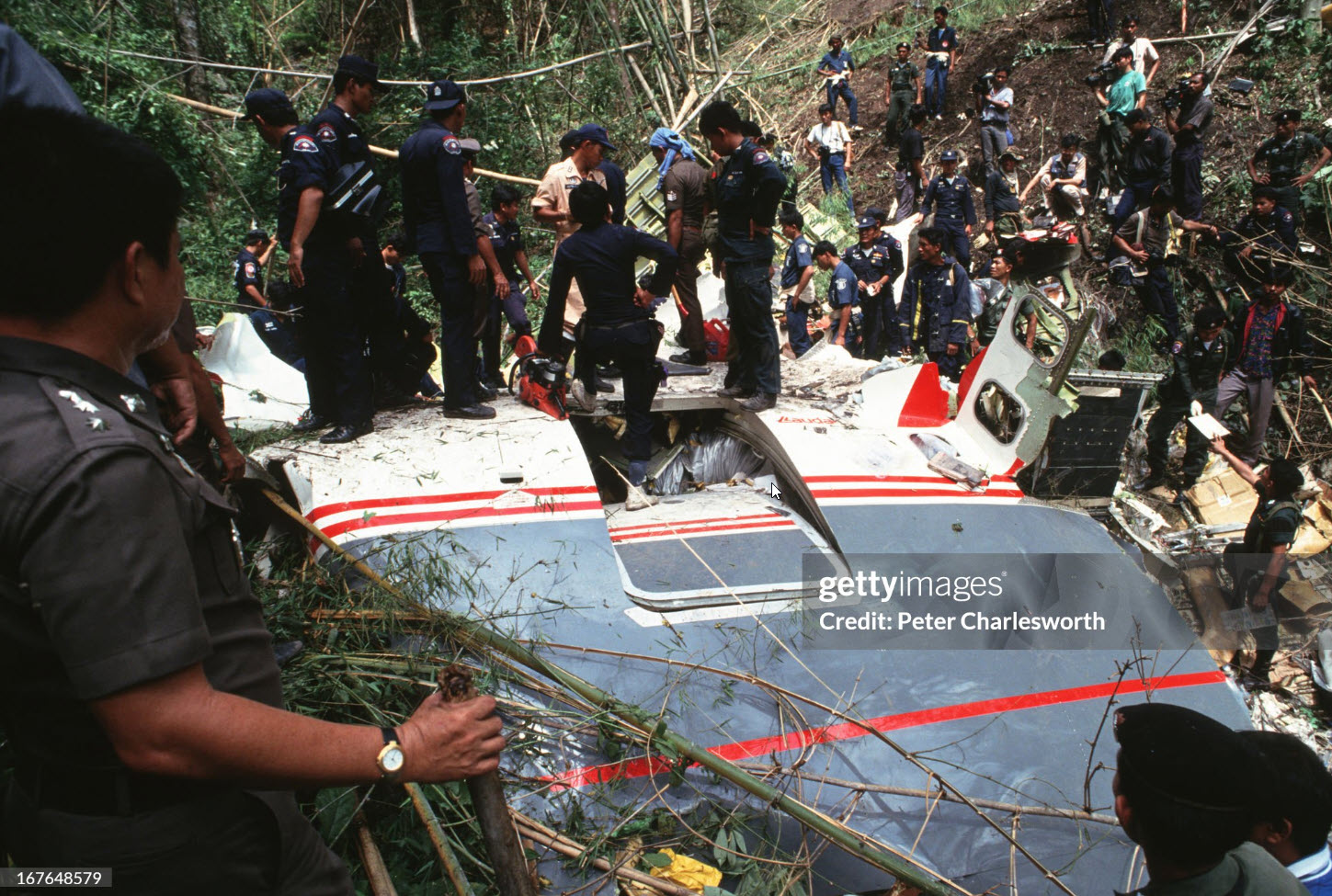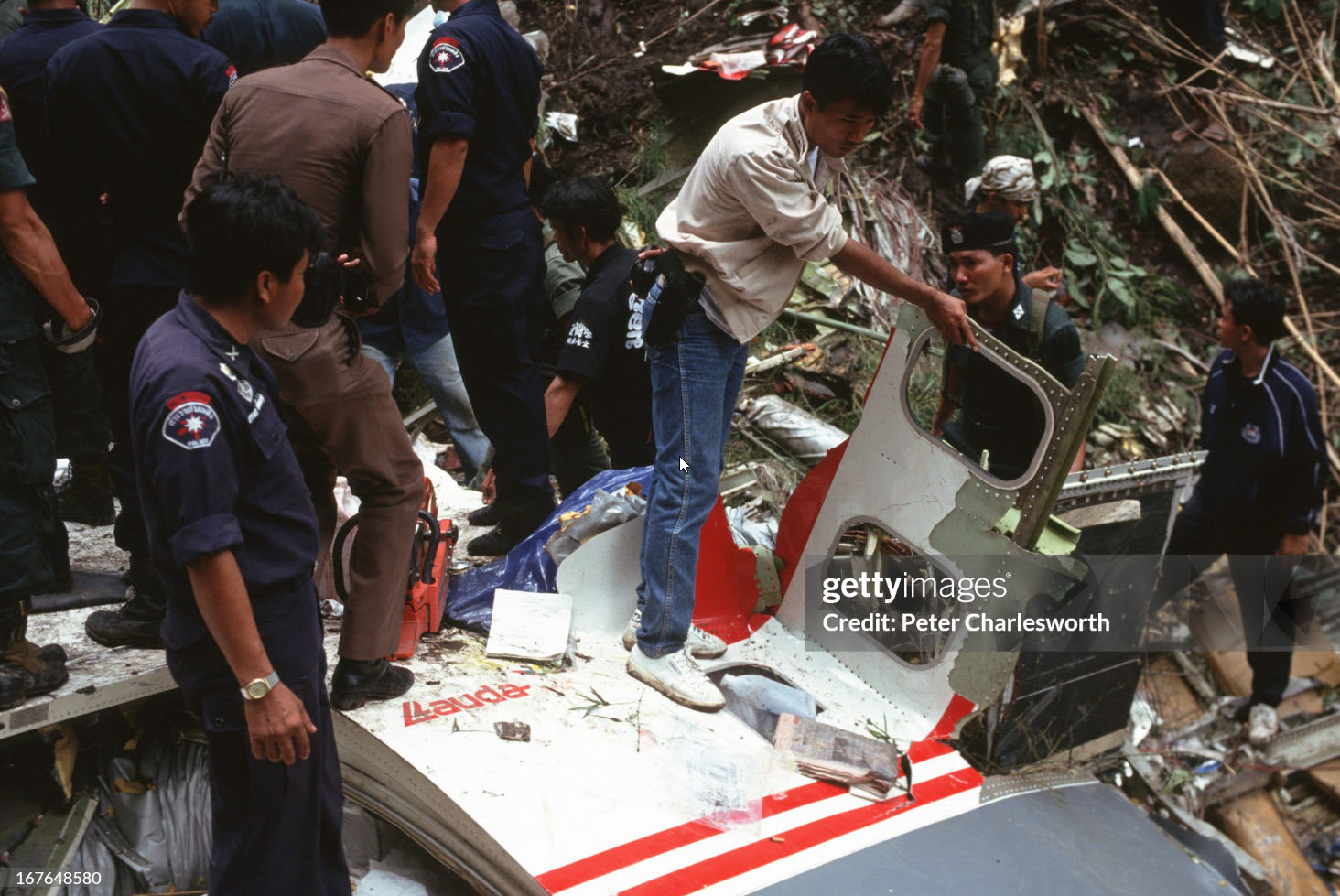Crash of an Antonov AN-124-100 in Novosibirsk
Date & Time:
Nov 13, 2020 at 1210 LT
Registration:
RA-82042
Survivors:
Yes
Schedule:
Seoul - Novosibirsk - Vienna
MSN:
9773054055093
YOM:
1991
Flight number:
VI4066
Crew on board:
14
Crew fatalities:
Pax on board:
0
Pax fatalities:
Other fatalities:
Total fatalities:
0
Circumstances:
The four engine airplane departed Seoul-Incheon Airport on a cargo flight to Vienna, with an intermediate stop in Novosibirsk, carrying 14 crew members and a load consisting of 84 tons of automobile parts. Shortly after takeoff from runway 25 at Novosibirsk-Tolmachevo Airport, while in initial climb, a catastrophic failure occurred on the engine n°2. Several debris punctured the fuselage, damaging slats on both left and right side. As a result, radio communications were cut, the power supply failed and the thrust control on all three remaining engines dropped. The crew entered a circuit for an immediate return despite the aircraft was in an overweight condition for an emergency landing. After touchdown on runway 25 that offered an LDA of 3,597 metres, the crew started the braking procedure but the aircraft was unable to stop within the remaining distance. It overran, lost its both nose gears and slid in a snow covered field before coming to rest 300 metres further. All 14 occupants evacuated safely and the aircraft seems to be damaged beyond repair.
Probable cause:
Failure of the high pressure compressor disk on the engine n°2 during the takeoff procedure.
